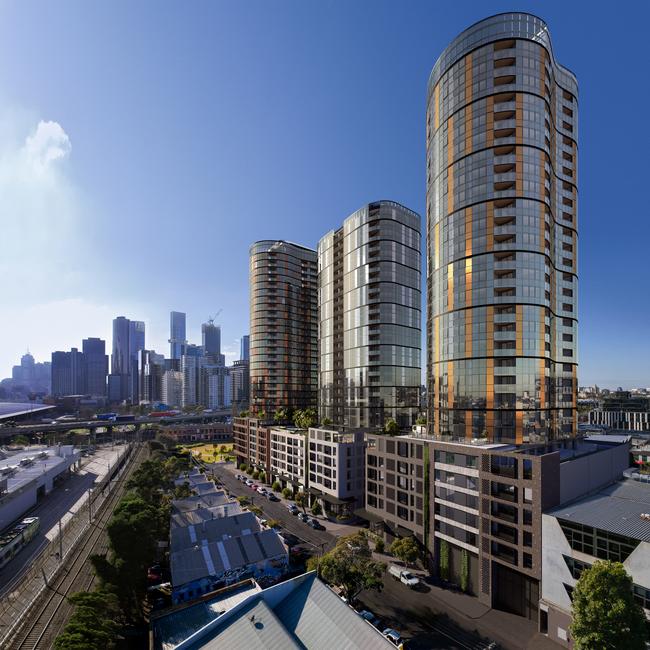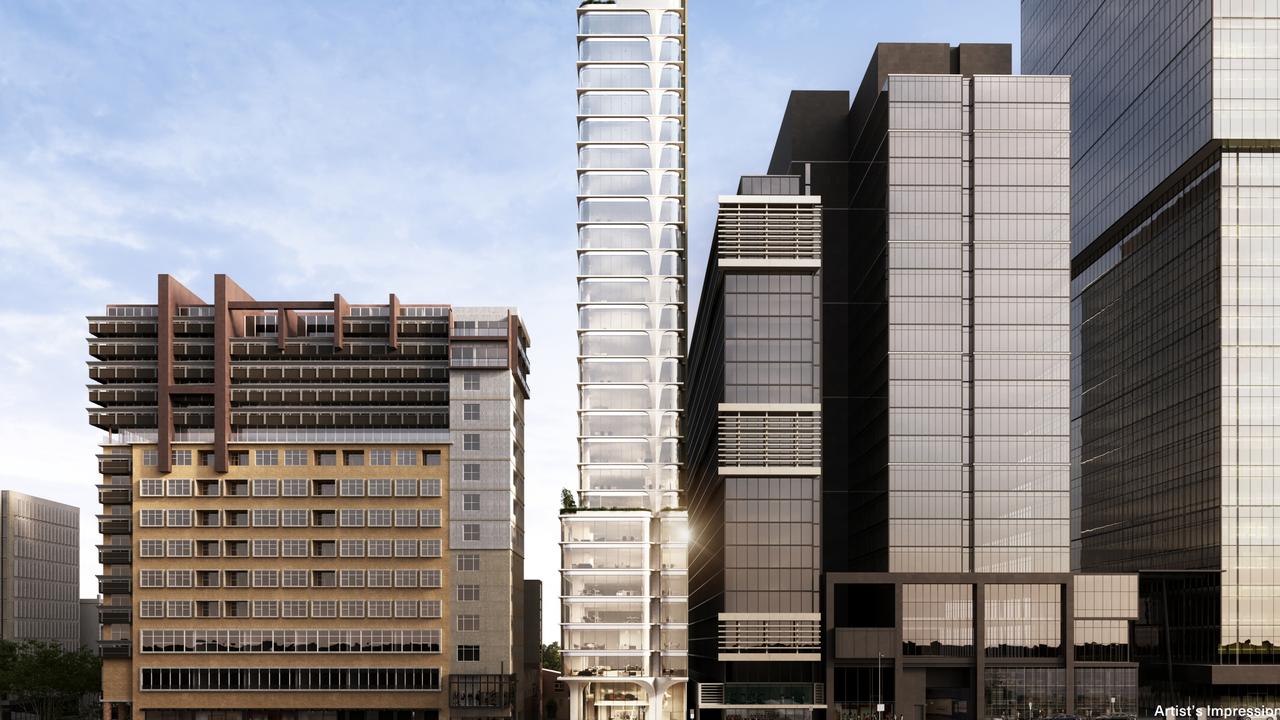Build-to-rent can do much of the affordable housing heavy lifting
Australia’s typical residential lease terms are short and tenancy insecurity a real issue. The build-to-rent sector offers a solution, as well as the ability to ramp up affordable housing supply.

If you’ve ever had your residential lease terminated with the minimum number of days notice, you will quickly understand why Australia’s housing prices are so high.
Unlike other regions in the Asia-Pacific such as Hong Kong and Singapore (two-year leases standard) and Japan (effectively perpetual tenancy rights in many circumstances), Australia’s typical residential lease terms are short. Having to relocate a family, work through new school routes, daily routines and social networks, retrieve a security bond, outlay another, and engage removalists is stressful and expensive.
Do this too many times and you will do almost anything to own your own home. It is a real issue for the almost one third of Australians who live in rented homes.
The problem of limited tenure and tenancy insecurity is even more profound for those with limited financial resources. Moving is expensive. Stress and anxiety levels are further heightened when a family doesn’t have the financial resources to pay for a move and outlay another security deposit, assuming they can find a suitable new home to rent within weeks.
There have been many reasons put forward supporting the growth of a new sector in Australia – built to rent (BTR) residential. These include increasing housing supply nearer to city centres, lessening the cost and management burden of housing supply on governments, enabling a sense of community and improving the overall quality of rental stock in the market. However, helping solve the limited tenure and tenancy insecurity problem in conjunction with providing an opportunity to quickly ramp up the supply of affordable housing are the biggest benefits.
Professional, large-scale BTR owners will effectively offer a tenant unofficial perpetual tenancy rights – something never systematically offered before in Australia. It is in the best interest of BTR landlords to minimise vacancy downtime. It is also less likely that a sale or major redevelopment will trigger a BTR landlord to issue a notice to vacate to a tenant. As a tenant, as long as you pay your rent and generally do the right thing, you are unlikely to ever be asked to vacate. Your rent is also unlikely to go up by an unreasonable amount either (relative to single rental assets in the broader rental market), in particular if the BTR complex consists of 100+ dwellings. The bigger the asset, the higher the likelihood there will be some frictional vacancy providing good tenants with options.
It is partly this security and diversification of income that is attracting developers and owners to the sector. The BTR sector is also particularly attractive given the prevailing weakness in office markets. The most significant market participants include Home, Mirvac, Qualitas, Greystar, Investa, UBS, Super Housing Partnerships and Blackstone. A large-scale BTR asset offers the ultimate income diversification in addition to minimal incentives. Currently office incentives are about 30 per cent in Sydney. So, that’s three years rent-free equivalent on a 10-year lease.

Landlord maintenance costs are low. The downside for BTR for investors is the lack of average lease tenure relative to office and retail leases. However, families love the idea of unofficial perpetual tenancy rights, so while some more transient tenants will move around, many families will stay in their dwellings for years.
The other challenge for developers is generating sufficient underlying unlevered internal rates of return (IRRs). IRRs for offshore investors will be greatly helped the federal government’s recent announcement to lower the Managed Investment Trust (MIT) withholding tax rate from 30 per cent to 15 per cent for build-to-rent housing projects, effectively adding about 1 per cent to post-tax IRRs for some foreign sources of capital. A recent study by Ernst & Young showed levelling the withholding tax rate, in line with investment in other property asset classes, could create an extra 150,000 Australian homes over the next decade.
While much has been made of the fact that BTR can help solve the housing shortage, one of the main benefits of the growth of the BTR sector is the ability to quickly and efficiently ramp up the provision of affordable housing. This can be in the form of key worker housing or housing with an effective rent cap. Of companies in our investment universe, Mirvac has allocated 25 per cent of its Liv Anura (99 apartments) for affordable housing with rents set below market levels, with the Queensland government picking up the difference between the rent paid and the market level of rent.
However, there is a major challenge for the sector. In most cases, a new BTR asset will set its rents at a premium to the overall secondary or individual landlord market in the same area. This makes sense as the product is new, of a higher quality and offers a range of extra facilities (gym, concierge, on-site maintenance, parcel rooms, etc).
Developers will also argue that renters can rent a smaller dwelling in a BTR facility relative to the secondary market given tenant access to shared recreation areas. Investors also need commercial rates of return and BTR IRRs are tight. Above-market rents are typically required. Yes it makes financial sense, but that doesn’t help those who can’t find an apartment to rent or have the means to pay market (or above-market) rentals.
This is where the federal and state governments need to step in. We see government incentives to the sector as a potential win-win. If incentives have the desired effect, governments themselves will have less pressure to fund and build new dwellings directly.
We see three broad solutions (in addition to the recently announcement of the withholding tax changes):
1. State governments to adopt planning responsibility for large BTR projects (say, 300-plus apartment developments). One key driver of the current lack of dwelling supply is the slow, expensive and overly bureaucratic local council development application approval process. State governments need to take control and should be the approval authority for all large BTR projects.
2. State governments to allocate additional funding to BTR affordable/essential worker housing. Some or all of this could be funded by the federal government’s recent Social Housing Accelerator announcement.
3. Federal government loans and GST tax concessions. The provision of low-cost loans under certain criteria could encourage the provision of a higher proportion of affordable apartments within a BTR development. Putting BTR developments on a level playing field with other commercial property asset classes could increase the incentive to develop.
If Australia is to achieve the Albanese government’s shared ambition to build “one million new well-located homes over five years from 2024”, the BTR sector will need to do much of the heavy lifting, which will only be possible with the right incentives in place.
Matt Nacard is CEO and co-founder of Ethical Partners Funds Management.







To join the conversation, please log in. Don't have an account? Register
Join the conversation, you are commenting as Logout